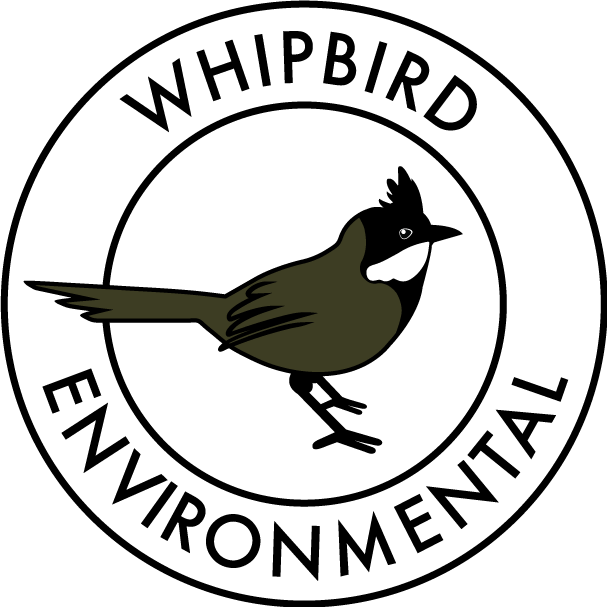Growing, Harvesting and Using Kale
Description
Kale is one of the most popular, cold hardy leafy greens to grow in the cooler months of the year. Not only is this leafy green highly nutritious and beneficial for general health and wellbeing, but looks beautiful in the garden with a wide range of varieties to choose from. Popular varieties include Tuscan kale - a long dark-green leaf variety, Dwarf Curly kale – perfect for small spaces, and Red Russian kale, a blue-green leafed variety with purple and red stems.
Growing conditions
Kale can be planted in garden beds or pots and containers, growing best in sunny positions with at least 4-6 hours of sunlight per day. Plants grow best planted in autumn in most climates when pest pressure from aphids and cabbage white butterfly is minimal. Plant in rich, well-drained soil amended with compost or organic fertiliser. Kale requires regular watering every 2-3 days or more during warmer weather and will benefit from organic liquid fertiliser feeds every 1-2 weeks throughout the growing season.
Sowing Kale Seeds
Kale seeds can be directly sown into the garden or raised as seedlings in trays or pots and transplanted when plants have their first true leaves and are large enough to handle. Sow seeds approximately 10mm deep and 50cm apart.
Harvesting and Using Kale
Depending on the kale variety, plants should be ready for harvest within approximately 60 days, although can be harvested earlier as microgreens. Harvest kale by cutting the lower, outer leaves close to the stem. Leave the tops and new growth to continue growing rather than harvesting the whole plant. Kale can be eaten raw, however, some leaves can be slightly bitter and are usually finely chopped into salads with dressing or can be added to smoothies to reduce any bitterness. Kale is also perfect as a side dish to any meal, sauteed with onion and garlic, made into kale ‘chips’ or added to soups and curries.
Related Articles:
Growing, Harvesting and Using Rocket
Growing, Harvesting and Using Zucchini
Growing, Harvesting and Using Peas & Snow Peas
See all articles here.
